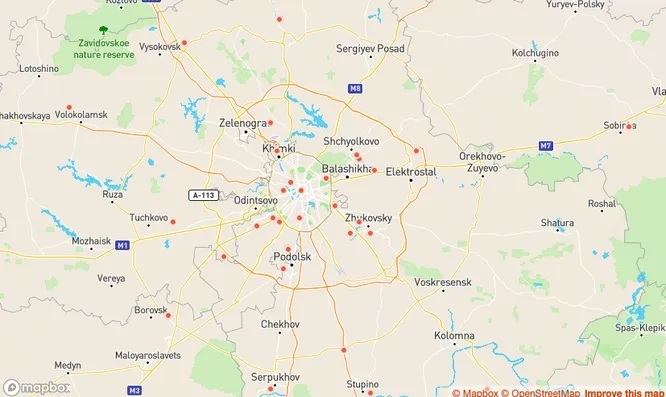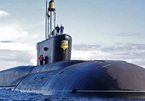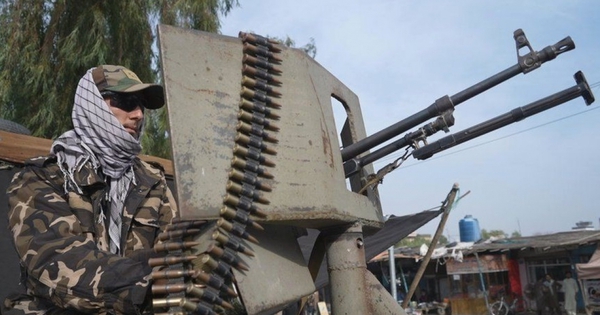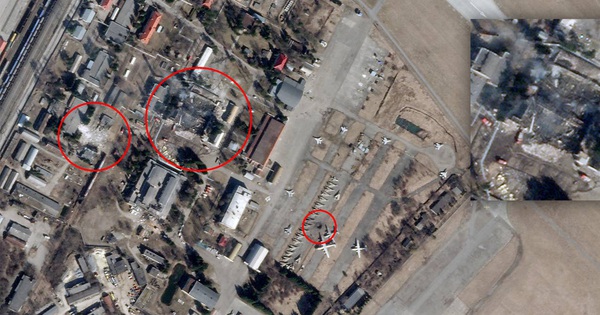Who are the targets of nuclear weapons?
Today there is no discussion of any nuclear war, however, each nuclear power already has targets that they will target in the event of a Third World War. out.
No government in the world wanted World War III to begin. Each nuclear power, however, keeps such weapons for self-defense – that is, in retaliation in the event of an enemy attack. And such weapons already have rather specific goals.
The fact is that nuclear warheads have a very short approach time and during this time the enemy will not be able to select the desired target. Thus, the goals of the nuclear powers are predetermined and relative to strategic objects. So why shouldn’t the enemy target nuclear missile silos to destroy them?
Where are US nuclear weapons aimed?
Because all targets are selected based on their importance to the opponent. Of course, these targets are all classified, but we already know where the US military was aiming in 1956 during the Cold War. Recently, the US National Security Agency declassified documents about this and revealed 1,100 points that nuclear warheads would target if war broke out.
 |
| Some of the sites are believed to be targeted by the US military in 1956. (Image: Mapbox) |
Accordingly, a number of points have been marked right in Moscow, namely the Kremlin, all airports and some important objects, the destruction of which will paralyze the government apparatus. On the map we can see the details of the targets hit in different cities of Russia, but again experts note that this information is from 1956 – today it is not available. related and new nuclear targets are of course kept secret.
What is the safe distance in a nuclear explosion?
The safest distance is more than 7 km from the epicenter. But even there, people are still susceptible to burns from radiation spread after a nuclear explosion. Meanwhile, if we are at a distance of 2-7 km from the epicenter, there is still a chance of survival, despite being seriously injured. However, if we are in the area of 2 km almost no one can survive – this is the most unsafe distance, here we can be affected not only by radiation but also by a wave. strong shock wave.
Current status of nuclear weapons in the world
Based on data from the Federation of American Scientists (FAS), as of August 2021, there are only 9 countries in the world possessing nuclear weapons (US, China, Russia, UK, France, India) India, Israel, Pakistan and North Korea). Five of these countries are states that reserve the right to have nuclear weapons as enshrined in the Nuclear Non-Proliferation Treaty (NPT). Accordingly, the US, Russia, China, France and the UK are allowed to possess nuclear weapons, regardless of the reason.
According to a new report of the International Campaign to Abolish Nuclear Weapons (ICAN) published on June 7, 2021, countries possessing nuclear weapons in 2020 have spent heavily on their nuclear arsenals. with an increase of $1.4 billion compared to 2019.
Specifically, the US spending is 37.4 billion USD, accounting for more than half of the spending of 9 countries and accounting for nearly 5% of the total defense budget of this country. ICAN estimates China’s spending at around $10 billion while Russia’s at $8 billion.
Overall, the nine nuclear-armed countries spent more than $137,000 per minute on nuclear weapons in 2020.
After the end of World War II and after the Cold War, the two world superpowers, the US and Russia, raced to build more nuclear weapons (and more modern nuclear weapons) than the other. The world’s stockpile of nuclear weapons grew to a peak of 70,300 warheads combined in 1986. As arms agreements and the NPT began to gain greater momentum, the United States and Russia reduced stockpiles. reserves while new nuclear-weapon states began to emerge.
According to FAS estimates, Russia has 6,257 warheads (47.7%), US – 5,550 (42.3%), China – 350 (2.67%), France – 290 (2.21%), UK – 225 (1.71%), Pakistan – 165 (1.26%), India – 160 (1.22%), Israel – 90 (0.69%), North Korea – 45 (0.34%) . For the US, that’s a fraction of what it was at its peak when the US had 31,225 nuclear weapons units in 1967 and 22,217 in 1989.
Peace (translation summary)

Technologies that can change the world’s military balance
Military technology has come a long way since the days of primitive weapons. Advances in technology have led to more versatile aircraft, laser-guided weapons, and combat drones.
at Blogtuan.info – Source: infonet.vietnamnet.vn – Read the original article here



